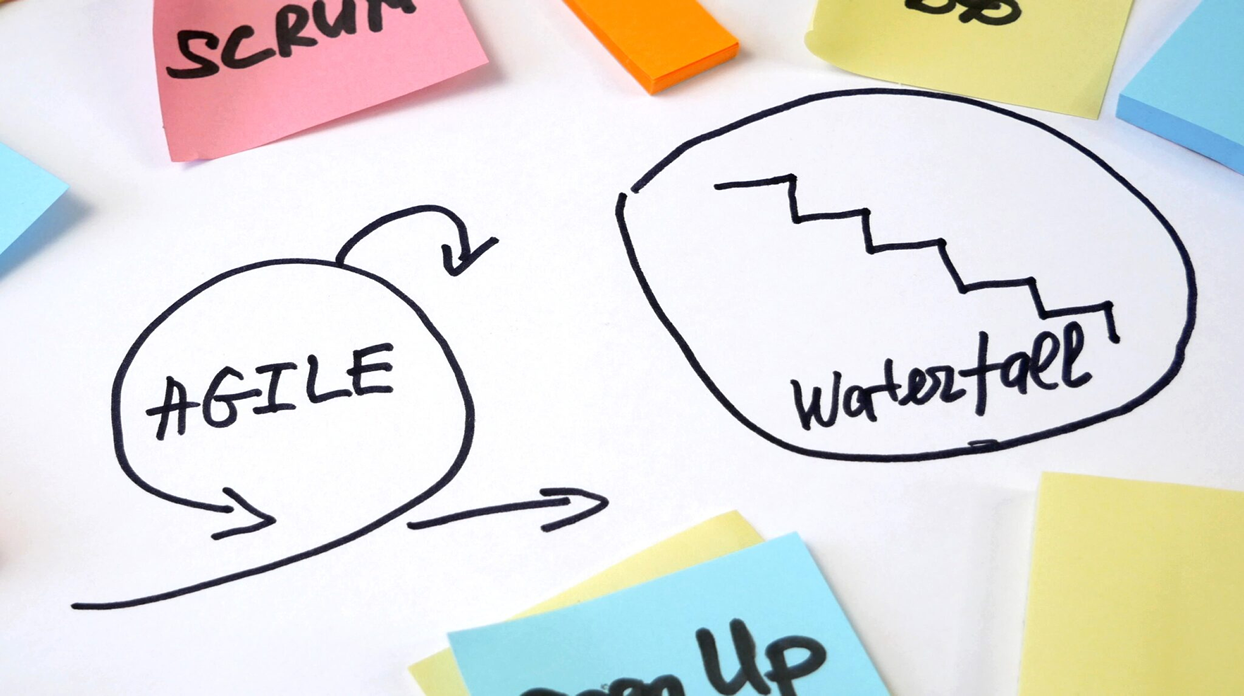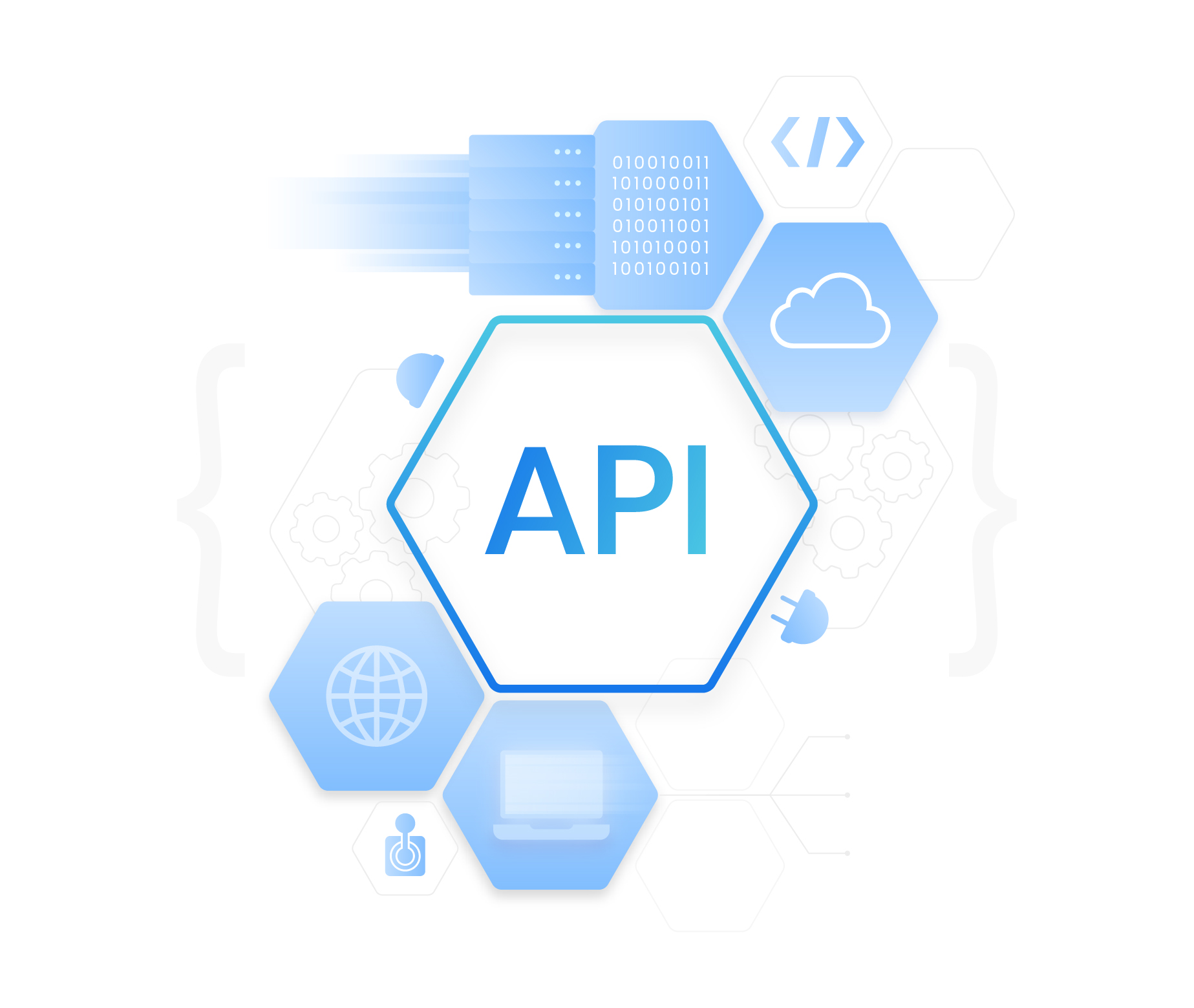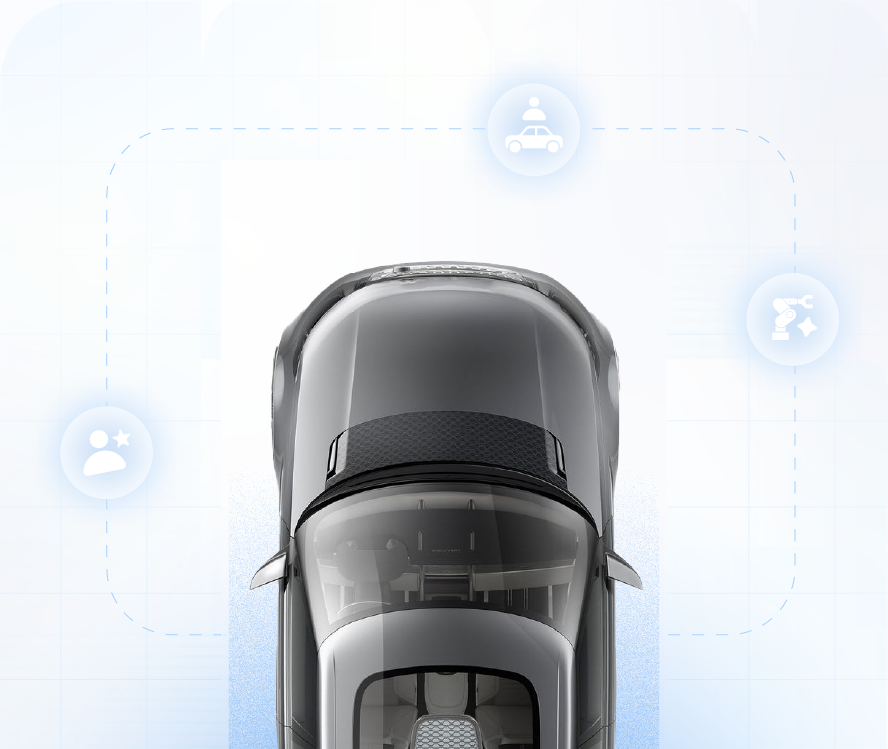Blog
Exploring the 5 best software development models to use in 2023
By NETSOL Technologies, on May 24, 2023
Explore the best software development models, from Waterfall to Agile, DevOps, and more. Learn which model suits your project for efficiency and risk management

Best Software Development Models to Use in 2023
Software development models can be graphical or textual, and they enable software engineers to visualize, analyze, and validate system requirements, design decisions, and implementation details. By using models in software engineering, engineers can improve the clarity, consistency, and quality of their work, ultimately leading to more efficient and asset finance software development.
The software design process is used to plan and define the structure, behavior, and components of a software system. It is employed during the developing phase of software projects to ensure that the software meets the desired requirements and objectives. The software system's implementation, testing, and maintenance creates a blueprint that guides the design process and helps in creating a blueprint that guides the implementation, testing, and maintenance of the software system. According to a study by IBM, design-related activities can account for up to 80% of the total software development effort. Explore the benefits of cloud finance software
There are five different types of software engineering models to consider in 2023. From the classic Waterfall model to the dynamic Agile approach, we will explore each model's benefits, applicability, and potential impact on software engineering.
Waterfall Model
The Waterfall model is a conventional linear method of developing software. It is one of the types of SDLC models in which each stage is completed before going on to the next in a sequential procedure. Gathering requirements, designing, implementing, testing, and maintaining are some of the typical steps. Projects with clearly defined and consistent criteria are best suited for the waterfall paradigm. Its structured nature allows for clear documentation, effective planning, and straightforward progress tracking. However, it lacks flexibility in accommodating changing requirements and may face challenges in responding to unexpected issues during development.
Agile Model
The Agile Cloud model is an iterative and incremental approach that promotes flexibility, adaptability, and customer satisfaction. It emphasizes collaborative teamwork, continuous customer involvement, and the delivery of working software in short development cycles called sprints. Agile methodologies, such as Scrum and Kanban, enable quick responses to changing requirements, increased customer satisfaction, and improved team productivity. The Agile model's strength lies in its ability to accommodate evolving project needs, encourage regular feedback, and foster effective communication within development teams and with stakeholders.
Iterative Model
The Iterative model combines elements of the Waterfall and Agile approaches. It involves repeating cycles of development and testing, allowing for feedback and refinement at each iteration. This model is beneficial when requirements are not completely understood at the project's outset or when there is a need for early prototypes and continuous user involvement. The Iterative model facilitates progressive development, offers room for incorporating changes, and enables the delivery of functional increments in a shorter timeframe. It also allows for regular evaluation and validation of project goals, fostering continuous improvement throughout the development process.
Spiral Model
The Spiral model is a risk-driven software development model that focuses on managing and reducing project risks. It combines elements of the Waterfall and Iterative models by repeatedly iterating through stages of planning, risk analysis, engineering, and evaluation. The Spiral model is particularly suitable for large-scale projects with high risks, where constant risk assessment and mitigation are crucial. This model promotes early identification of potential risks and allows for frequent reassessment and adjustments based on feedback. The Spiral model's strength lies in its ability to manage complex projects effectively, minimize risks, and ensure a well-structured development process.
DevOps Model
The DevOps model emphasizes close collaboration between development and operations teams throughout the entire software lifecycle. It aims to automate processes, streamline communication, and ensure continuous integration, delivery, and deployment. By fostering collaboration and automation, the DevOps model enables faster delivery cycles, improved quality, and increased customer satisfaction. DevOps practices ensure that software development and operations teams work hand in hand, minimizing conflicts and enhancing overall efficiency. This model promotes seamless coordination between development and operations, enabling quick identification and resolution of issues, and accelerating time to market.
Conclusion
Selecting the most appropriate software development model is vital for project success. While the Waterfall model provides a structured approach, the Agile and DevOps models focus on flexibility and customer satisfaction. The Iterative model is suitable for projects with evolving requirements, and the Spiral model emphasizes risk management. Evaluating project requirements, team capabilities, and customer needs will help determine the most suitable model.
With decades of experience, NETSOL's lease origination software deeply understands the demands of its diverse global clientele and continues to provide them with suitable asset finance consultation and solutions as per their requirements. Contact us and get all of your queries answered if you wish to broaden your horizons regarding the use of the right business model for your organization.
Related blogs

Blog
Future-proofing financial operations: Why API integration is key to scaling vendor partnerships

Blog
The future of wholesale finance: Why mobile technology is transforming OEM-dealer relationships

Blog



